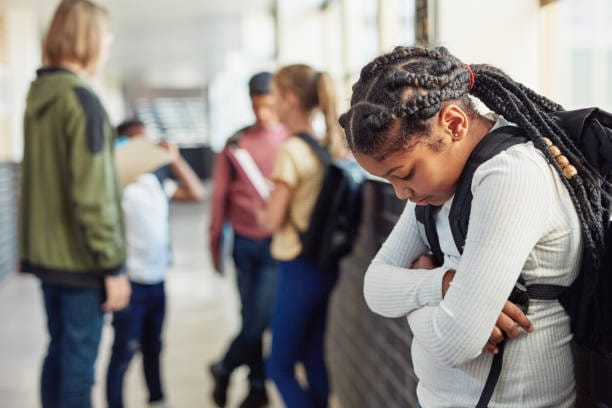Growing Socially When Home Is Not Safe

GREATEST Roadmap: G – Growth (Social Development)
In the GREATEST Roadmap, G is for Growth: children learn, grow and develop through play by exploring, creating, and discovering who they are. Social growth is a key part of this journey. Through friendships, children practice empathy, cooperation, trust and build confidence.
“But for some children, the very place that should nurture this growth, the home, can hold hidden obstacles.” What happens when the very place meant to nurture that growth, the home, feels unsafe? For children living with domestic violence, the playground is never just a playground; it can become another place where fear follows them.¹
The Invisible Backpack of Worry
Children exposed to domestic violence often carry an “invisible backpack” filled with trauma, anxiety, and fright. Seven-year-old Maria wakes for school after another night of shouting. At recess, a simple bump from a classmate sends her into fight-or-flight mode. Instead of laughing it off, she yells. Maria longs to make friends, but the heavy “backpack” of fear keeps her on constant alert.
This hidden burden interrupts the very experiences, play, exploration, and imagination that fuel social growth. In Maria’s story, observe:
- Invisible Burden – how stress and fear stifle friendship-building and cooperative play.
- Social Interaction Challenges – Maria’s withdrawal, aggression, trouble with empathy, or repeating unhealthy relationship patterns.
How Home Violence Hinders Social Growth
- Friendship Formation – Some children withdraw to keep family secrets, while others cling desperately to peers or teachers for safety.
- Empathy and Cooperation – Growing up where control and disrespect dominate can teach that relationships are about power, not partnership.
- Aggression or Extreme Compliance – Pain may erupt as bullying or defiance, or disappear into quiet, overly eager obedience. Both patterns signal disrupted emotional regulation.
- Distrust of Authority – If a trusted adult harms another, a child may doubt all adults, including teachers, coaches, and neighbors.²
These obstacles are not simply “bad behavior.” They are survival strategies, and they can delay or derail many, if not all, aspects of social development, such as turn-taking, problem-solving, and sharing feelings.
Protective Factors
The good news is that social growth can restart when children encounter consistent care and positive relationships.
- A Supportive, Non-Violent Adult – Even one nurturing parent, grandparent, or mentor can buffer trauma.
- Safe, Predictable Spaces – Schools, after-school programs, and community centers offer routines that signal stability.
- Professional Support – Child-centered counseling and peer groups help children process fear and learn healthier interaction patterns.³
These protective factors remind us that growth is not a straight line; it is a living process that can flourish again with sunlight and tending.
How Caring Adults Can Help
Whether you are a parent, teacher, or community member, you can support social growth even in difficult circumstances:
- Listen Without Judgment. If a child shares something concerning, stay calm and validate their feelings.
- Model Respectful Relationships. Children watch how adults handle conflict and kindness. Demonstrating patience and empathy provides a counter-example to violence.
- Connect Families to Resources. Share local hotlines, shelters, and counseling services; sometimes the first step toward healing is simply knowing help exists.
These steps not only reduce harm but also actively nurture the empathy, trust, and cooperation that define healthy emotional and, consequently, social development.
Remember
Social growth begins at home, but it does not have to end there. Children like Maria can learn that friendship is safe, that kindness is real, and that trust can be rebuilt. By recognizing the silent weight of domestic violence and offering steady, compassionate support, we help children lay down their invisible backpacks and step into a future where play, curiosity, and connection can finally blossom.
References
¹ Margolin, G., & Vickerman, K. A. (2007). Posttraumatic stress in children and adolescents exposed to family violence. Journal of Clinical Child and Adolescent Psychology, 36(1), 81–105.
² Holt, S., Buckley, H., & Whelan, S. (2008). The impact of exposure to domestic violence on children and young people: A review of the literature. Child Abuse & Neglect, 32(8), 797–810.
³ Howell, K. H. (2011). Resilience and psychopathology in children exposed to family violence. Aggression and Violent Behavior, 16(6), 562–569.